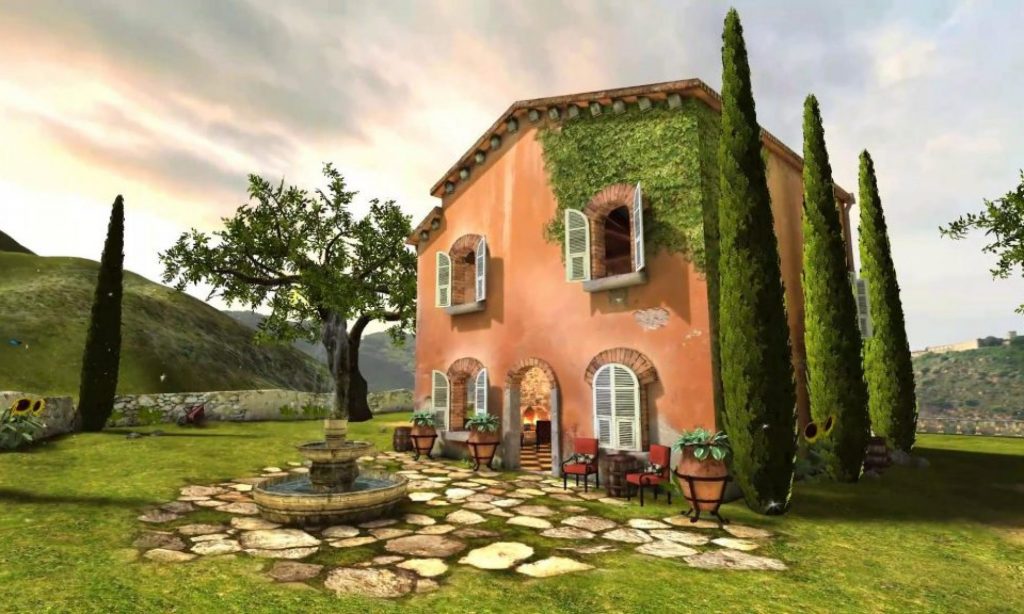In class we looked at the work of forensic architecture I have had the pleasure of seeing their exhibit in London where they recreate 3D environments using the footage gathered in a forensic investigation . They used VR to help visualise time sensitive actions, placing witnesses back into the perspective of there scene and help grow a better understanding of events that unfolded. I find it to be a very interesting use of the technology and its ability to seemingly effortlessly peace together the narrative of these events could be used to better the investigation prosses.
The Vox video bellow goes into so basic details about how AI has race based biases. systemic racism has been an issue plaguing society from the very beginning and requires a lack of thought it is the opposite of racism as it takes more effort on the part of the creator to think of how there systems are used by everyone not just people similar to themselves weather that be those of same race or being able bodied . Its not easy to create systems that include everyone into the design process but it is necessary. Facial recognition can often be under trained on underrepresented groups leading the ai not to recognise there skin colour or face structure.
Hyper reality plays with the idea of a truth where especially in online social media, an example can be told as something that is real and that isn’t the “truth” or howl-truth but from those living in the “lie”.
People use VRChat as an “escape” from reality. away to distance themselves from the truth of there life that may not be to there liking. There are

At first I miss understood what was meant by hyper reality and assumed it meant very realistic. instead of it actually meaning so when I went to find examples i was look for applications like Flight simulator and comparing them to more abstract games like super hexagon but derived from that to make an app useable and interactable come from connections the user makes to there life Esperance and reality .
Cheating the algorithm and Ai
The next american president is a work of art by Gretchen Andrew that uses the title of the piece to hijack google search results to relinquish political presence. She uses her collage’s as a vessel to manipulate search engines. This shows that algorithms and ai can be taken advantage of by altering there data set . I had the thought that whilst training face recognition if you blended the face of humans and 0.0001% of a prawn and slowly raised the percentage of prawn in the image set if eventually the computer wouldn’t be able to tell the difference between a human and a prawns face.

